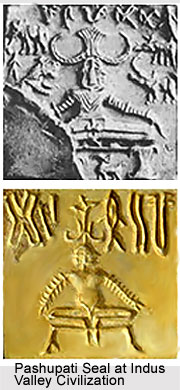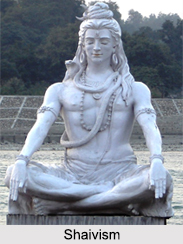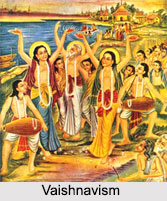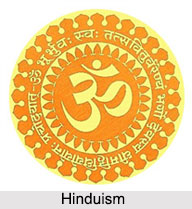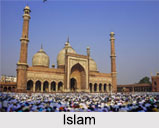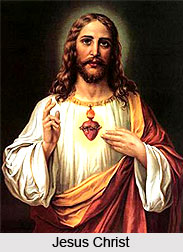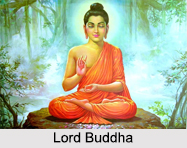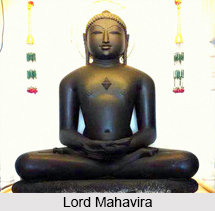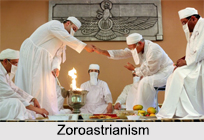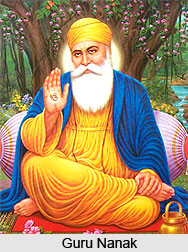Social elements in Indian mythology depict India with the past social elements; mythology being the abundant source of Indian cultural and social life. India is a country of diverse religious practices and socio-cultural habits which incorporates a saga of a nation with a vivid religious background. Indian mythology takes into consideration all those myths related to Hindu, Buddhist, Jain and some other scriptures.
Myth is a reality that has been entwined to the raptures of time, space and consciousness. Myth is history, not coloured by historical probabilities or possibilities rather mapped by the folklores and fanned by consciousness of time. Myth is cosmogonist narrative in detailed version connected with the cultural origin and the factors associated with the same. They are even interpreted as the symbolic tales from the past often primordial times concerning cosmology. Indian Mythology encompasses a wide field of myths and legends concerning Indian religion. And the mythological texts of India are replete with the events, like the life saga of Lord Krishna, to Lord Shiva, or Ganesha, they even include the social picture related to the events, from Ramayana, Mahabharata or the Vedas.
It does not suffice if one states that the Vedas are a series of sacred texts used in religious rituals and sacrifices. The Vedas are essentially archetypal documents of high historical value. They are mythical in nature and their language is symbolic. Being mythical, they have multiple meanings, and, therefore, the theologian moulds his rites, the preacher seeks his belief, the philosopher finds the clues for his intellectual speculation and the law-makers work out the social and political life-style in accordance with the archetypal truths of the Vedas.
In the Vedas the depiction of the Yajnas, the hymns and their practising, the four fold life prescribed for the Hindus as for example, Bramgacgarya, Garhastya, Vanaprastha Sanyas, all depict the social life. In Vishnu Purana, a religious text of Hindus, enlists itself among the 18 Mahapuranas of India. Vishnu Purana includes tales of the life of Lord Vishnu and his avatars. The central focus of Vishnu Purana has been the worship of Lord Vishnu which is also a means of achieving salvation through which one can free himself from the cycle of birth and death. It is in Vishnu Purana that the leelas or the miracles performed by Vishnu is recorded.
Indian Puranas speaks quite extensively about the battle between the Gods and the Demons signifying the right and the wrong and thus they also depict the administrative system and the economic life. The religious scriptures also speak about the prevalent caste systems: the highest caste is Brahman who is the priest caste of Hinduism. After them are the stratified Kshatria, who are the warrior castes. Later is the commercial class who indulged in trade and commerce, the Vaishya caste, and after them are the Sudras, who serves these other castes. Below these four castes there are casteless, the untouchables. The four castes were not allowed to have any physical contact with the untouchables. The Puranas give detailed account of Hindu lore, religious practices - Yoga, prayers, sacrifices and everyday customs and they complement the metaphysical seriousness of the Upanishads, the magical and sacrificial lore of the Atharva Veda, and the orthodoxy of the Rig Veda.
Moreover, the gods were given a particular identity depending on their power. The Puranas also narrate the incidents of various influential kings, their supremacy as well as the rivalry between princely clans. Puranas are works that represent the deep mystic structuring of Indian civilization. They are viewed as expanding, modifying, and transforming the orthodox Brahmanism of the Vedas, through Bhakti or devotion.
Again in both Ramayana and Mahabharata the social life is penned in detail. The wars, the two conflicting ideals of the Pandavas and the Kauravas respectively, the effect of greed, of position of women are traced in detail. Indian mythology is among the richest elements of Indian culture. Vedas in India are important in shaping not only the culture but also the mythology of India.
